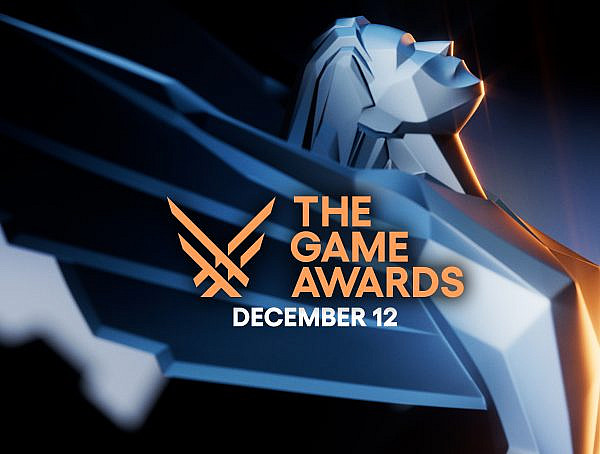In his study “(Re) Playing (with) Video game History: Moving beyond Retrogaming. Games and Culture 2020, Vol. 0(0) 1-21” Kristian Redhead Ahm adds additional layers to the reasons for collecting, playing, and exploring old games, also known as retrogaming. He challenges the finding that restorative nostalgia is the sole reason for retrogaming. His study reveals that beyond personal interests, there are also historical interests at play. Although the interest towards retrogames might have originally sparked out of nostalgia, there can be a transformation from nostalgia to a broader historical interest. Moreover, he claims that retrogaming as a concept is to be differentiated from the concept of nostalgic play.
His findings reveal that nostalgia is the main motivation for playing old games. It is a way to return the player to older and simpler times. The study identifies two aspects of nostalgia: restorative and reflective nostalgia. Restorative nostalgia has the previously mentioned characteristics of reminiscing old ways of life, whereas reflective nostalgia refers to a comparison of contemporary and past periods of life. Reflective nostalgia includes the element of seeing old games from a contemporary perspective in life.
Another motivation for playing old games is to explore video game history. Ahm classifies these types of gamers as “Amateur Archaeologists”, referring to their ways of exploring and collecting old and forgotten game archives. He also claims that these types of gamers are like museum curators in their ways of preserving and highlighting (historically) unique games among their collections. This way of preserving games, however, is not necessarily because the games were highly regarded during their times. Quite the contrary, because notoriously poorly reviewed games such as E.T. are highly collectible games among these types of gamers.
According to Ahm, the third category for the practice of retrogaming is “Amateur Art Historians”. Unlike the Archaeologists, the Art Historians focus on highly revered games (the canon), the classics, rather than anything that is of historical value (the archive in the larger sense). This type of gamer is interested in understanding the historical developments of game history, and therefore they collect games. For example, to some, the historical changes in game design are fascinating, whereas to others the continuous appearance of certain game characters is of interest (e.g. the slime character in Japanese roleplaying games).
The final motivation that Ahm identifies is the gamer type of “Amateur Techno-Historian”. This differs from the previous categories of enthusiasts, as the Techno-Historians are interested in the physical aspect and technology of old games. They are focused on technological development in games and game consoles throughout history. Rather than focusing on the software of the games, Techno-Historians focus on the design of the hardware. The games and consoles are “artifacts of technology” in a historical sense. This appreciation can be towards a specific platform, or towards the progress of game development in general.
This study is an empirical investigation of retrogaming and it uses a qualitative method in the form of semi-structured interviews. The interviews were with nine self-described Danish retrogamers. While previous studies have suggested that nostalgia has been the sole motivation for retrogaming, this study finds additional layers to the practice. The existing literature focuses on the overall topic in general, and this study provides an applied case study that further elaborates on the motivations for retrogaming. All in all, the datasets reveal that the following motivations are the driving force for the engagement with old games: restorative nostalgia, reflective nostalgia, and historical interest in the form of art history and technological history.
Article: Redhead Ahm, K. (2020). (Re) Playing (with) Video game History: Moving beyond Retrogaming. Games and Culture 2020, Vol. 0(0) 1-21.
Link: https://journals.sagepub.com/doi/abs/10.1177/1555412020955084
Picture credit: “Retro gamer at E3 2012” by Sergey Galyonkin is licensed under CC BY-SA 2.0
Picture retrieved from https://search.creativecommons.org/photos/822a7913-e438-4458-874c-5cd2fc80f65e 1.11.2020
You might also like
More from Game Research Highlights
How do you want to do this? – A look into the therapeutic uses of role-playing games
Can playing RPGs contribute positively to your wellbeing? A recent study aims to find out how RPGs are being used …
Eldritch horrors and tentacles – Defining what “Lovecraftian” is in games
H.P. Lovecrafts legacy lives today in the shared world of Cthulhu Mythos and its iconic monsters. Prema Arasu defines the …
Are Souls Games the Contemporary Myths?
Dom Ford’s Approaching FromSoftware’s Souls Games as Myth reveals the Souls series as a modern mythology where gods fall, desires …















